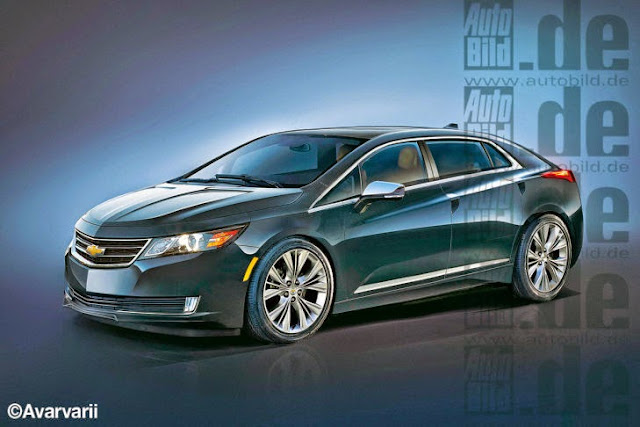GKN plc and The Go-Ahead Group have agreed a deal that will help reduce emissions in cities with the supply of electric flywheel systems to 500 buses over the next two years.
The innovative GKN system is based on Formula One race technology developed in the UK. It will help increase the efficiency of every bus to which it is fitted by using less fuel and therefore reducing carbon emissions. This same technology helped Audi’s R18 e-tron win at Le Mans last month.
Go-Ahead has placed an order for GKN Hybrid Power to supply 500 of its Gyrodrive systems to the transport operator. The Gyrodrive system uses a high speed flywheel made of carbon fibre to store the energy generated by a bus as it slows down to stop. It then uses the stored energy to power an electric motor which helps accelerate the bus back up to speed, generating fuel savings of more than 20% at a significantly lower cost than battery hybrid alternatives.
The agreement covers the supply of the complete Gyrodrive system, including the innovative GKN Hybrid Power flywheel as well as GKN’s advanced EVO electric motor, a GKN designed and manufactured gearbox, and installation. The system is designed to last for the life of the bus eliminating the need for any battery changes.
Following successful trials on buses in London, Go-Ahead intends to utilise the technology in cities it serves across the UK, initially in London and Oxford.
Philip Swash, CEO GKN Land Systems, said: ‘This is an important milestone for GKN Hybrid Power. We’ve worked in close partnership with Go-Ahead throughout the development of this innovative technology and it’s very exciting to move into the production phase.
The fact that we are using the same groundbreaking technology that helped Audi win at Le Mans for the past three years to improve fuel efficiency in the public transport sector also shows what great innovation there is in the UK’s engineering sector.’ CEO of Go-Ahead, David Brown, added: ’Our collaboration with GKN has been a most constructive one. We have a strong record in continually reducing our carbon emissions and flywheel technology will help us make buses an even more environmentally responsible choice and encourage more people to travel by public transport.
The flywheel technology helps us to reduce our fuel consumption and C02 emissions so improving air quality for all those living, working and visiting the city.’
GKN Hybrid Power is based in Oxfordshire, with final assembly taking place in a new facility at GKN’s site in Telford. The Gyrodrive technology is being further developed for other mass transit markets including trams, construction and agricultural equipment. Earlier this year GKN announced the acquisition of Williams Hybrid Power from Williams Grand Prix Engineering Limited to form GKN Hybrid Power, which is focused on delivering complete hybrid solutions across multiple vehicle, power and industrial markets.





